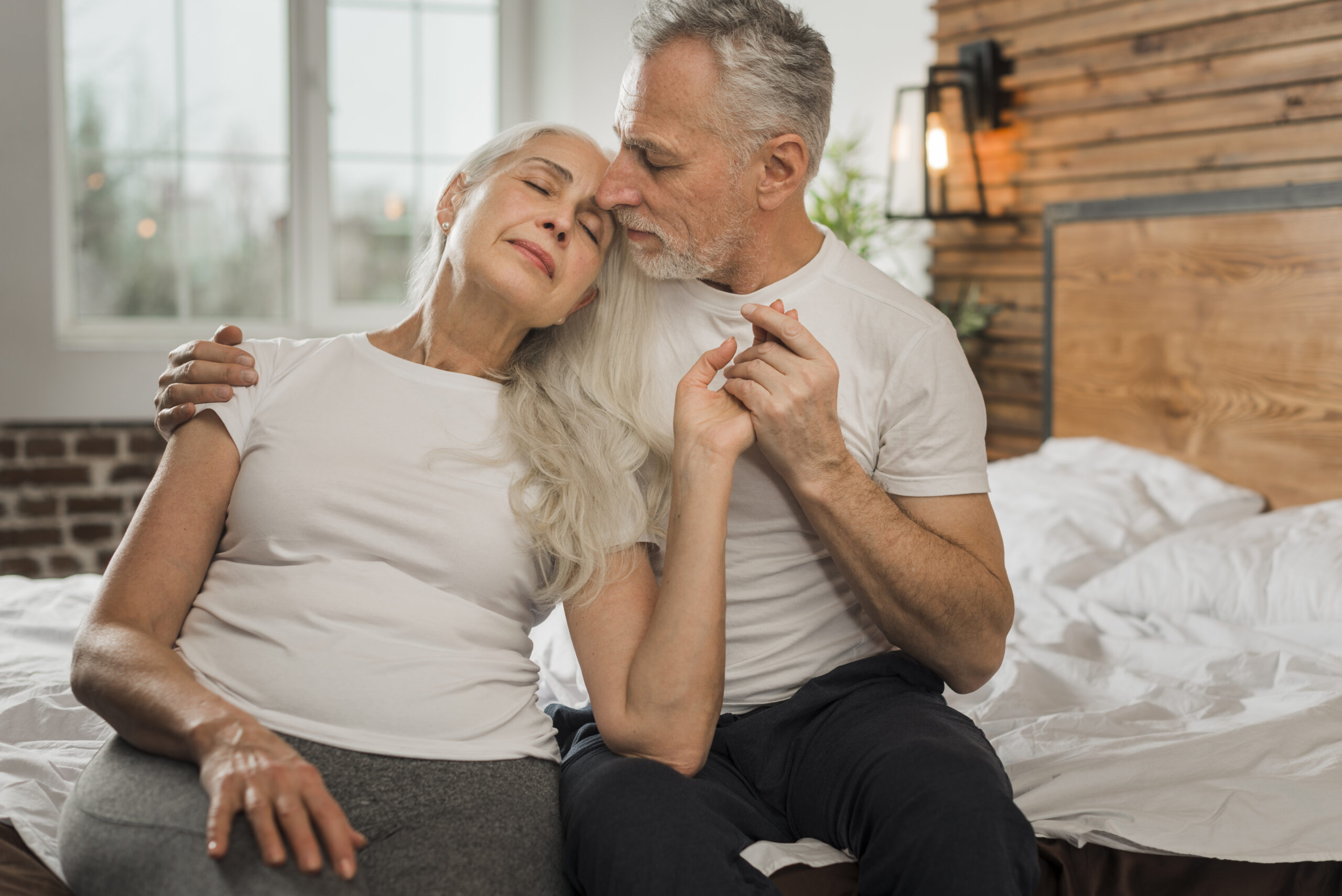Introduction
Nighttime cramps are a common and painful problem for seniors, often disrupting sleep and affecting overall well-being. These sudden, involuntary muscle contractions typically occur in the legs and feet and can last from a few seconds to several minutes. While nighttime cramps can happen to anyone, seniors are more prone to them due to age-related changes in muscles, circulation, and overall health. Fortunately, several strategies can help prevent and manage these painful episodes, allowing for better sleep and improved quality of life.
Understanding Nighttime Cramps
Nighttime cramps, also known as nocturnal leg cramps, are spontaneous muscle contractions that most commonly affect the calf muscles, although they can also occur in the thighs and feet. These cramps can cause significant discomfort and may leave muscles sore for hours afterward.
Common Causes of Nighttime Cramps in Seniors
- Dehydration – Insufficient fluid intake can lead to muscle imbalances and increased susceptibility to cramps.
- Electrolyte Imbalances – Low levels of essential minerals such as potassium, magnesium, and calcium can trigger muscle spasms.
- Poor Circulation – Reduced blood flow to the legs can contribute to cramping, particularly in individuals with conditions like peripheral artery disease.
- Muscle Fatigue – Lack of physical activity or excessive exertion can cause muscle strain, leading to cramps.
- Medications – Certain medications, including diuretics, statins, and beta-blockers, may increase the likelihood of muscle cramps.
- Nerve Compression – Spinal conditions, such as lumbar stenosis, can put pressure on nerves, causing cramps in the legs.
- Sleep Position – Sleeping in positions that restrict blood flow or place excessive strain on muscles can lead to cramping episodes.
- Chronic Conditions – Conditions such as diabetes, kidney disease, and Parkinson’s disease can increase the risk of nighttime cramps.
Prevention Strategies for Nighttime Cramps
While nighttime cramps can be distressing, several proactive steps can help seniors prevent them. Implementing these lifestyle adjustments can significantly reduce the frequency and severity of cramps.
1. Stay Hydrated
Dehydration is a major contributor to muscle cramps, as it leads to imbalances in muscle function. Seniors should aim to drink plenty of fluids throughout the day, primarily water, herbal teas, or electrolyte-rich beverages. Avoid excessive caffeine and alcohol, as they can contribute to dehydration.
2. Maintain a Balanced Diet
A diet rich in essential nutrients can help prevent muscle cramps. Seniors should focus on consuming:
- Potassium-rich foods: Bananas, oranges, potatoes, and spinach.
- Magnesium-rich foods: Nuts, seeds, whole grains, and leafy greens.
- Calcium-rich foods: Dairy products, fortified plant-based milk, and green vegetables.
If dietary intake is insufficient, a doctor may recommend supplements to ensure adequate levels of these minerals.
3. Regular Physical Activity
Engaging in moderate exercise helps improve circulation and keeps muscles flexible. Seniors should incorporate activities such as:
- Walking – Enhances blood flow and reduces stiffness.
- Swimming – Low-impact exercise that strengthens muscles without excessive strain.
- Tai Chi or Yoga – Improves balance, flexibility, and relaxation.
4. Stretching Exercises
Stretching before bed can help prevent nighttime cramps. Effective stretches include:
- Calf Stretch: Stand facing a wall, place hands against the wall, and extend one leg back while keeping the heel on the ground.
- Toe Flex and Point: While seated or lying down, flex and point the toes to promote flexibility in the feet and lower legs.
- Hamstring Stretch: Sit with one leg extended and reach towards the toes to stretch the back of the thigh.
Holding each stretch for 20-30 seconds can improve muscle elasticity and reduce cramping episodes.
5. Massage and Heat Therapy
Massaging the legs before bed can promote circulation and relax tight muscles. Applying a warm compress or taking a warm bath can also help loosen muscles and reduce cramping risk.
6. Proper Sleeping Position
Sleeping with the legs slightly elevated can improve circulation. Using a pillow to support the legs can help prevent cramps. Additionally, avoid sleeping with the toes pointing downward, as this can trigger cramps.
7. Adjusting Medications
If medications are contributing to cramps, seniors should consult their doctor about possible alternatives or adjustments. Never stop or change medication without medical advice.
8. Wearing Supportive Footwear
Wearing well-fitted, supportive shoes during the day can prevent foot and leg strain, reducing the likelihood of cramps at night. Do not wear shoes with inadequate arch support or high heels.
9. Use of Magnesium or Epsom Salt Baths
Magnesium plays a crucial role in muscle relaxation. Soaking in a warm bath with Epsom salt before bed can provide magnesium through the skin and help prevent cramps.
10. Compression Socks
Wearing compression socks during the day can improve circulation and reduce the risk of nighttime cramps, particularly for those with varicose veins or circulation issues.
How to Relieve Nighttime Cramps When They Occur
Despite best efforts, occasional nighttime cramps may still happen. Here’s what to do when a cramp strikes:
- Gently Stretch the Affected Muscle – Slowly extend the leg and flex the foot upward to relieve a calf cramp.
- Massage the Muscle – Use gentle pressure to relax the muscle and improve blood flow.
- Apply Heat or Ice – A warm towel or heating pad can help relax the muscle, while an ice pack may reduce inflammation.
- Move Around – Walking or lightly bouncing on the toes can help loosen a cramping muscle.
- Stay Calm and Breathe – Deep breathing can help reduce the pain and tension associated with cramps.
When to Seek Medical Attention
While occasional cramps are normal, frequent or severe cramps may indicate an underlying health issue. Seniors should consult a doctor if they experience:
- Persistent or severe cramps that do not resolve with self-care.
- Cramping accompanied by swelling, redness, or pain in the legs.
- Muscle weakness or numbness along with cramps.
- Cramps that interfere significantly with sleep and daily activities.
A healthcare provider may conduct tests to determine if conditions such as peripheral artery disease, nerve disorders, or electrolyte imbalances are contributing to the cramps.
Conclusion
Nighttime cramps can be a painful and frustrating problem for seniors, but with the right lifestyle adjustments, they can be significantly reduced or prevented. Staying hydrated, maintaining a balanced diet, engaging in regular exercise, stretching, and practicing good sleep habits all contribute to muscle health. By adopting these proactive measures, seniors can enjoy restful nights and improve their overall quality of life. If cramps persist despite these efforts, seeking medical advice is essential to rule out underlying health concerns.



